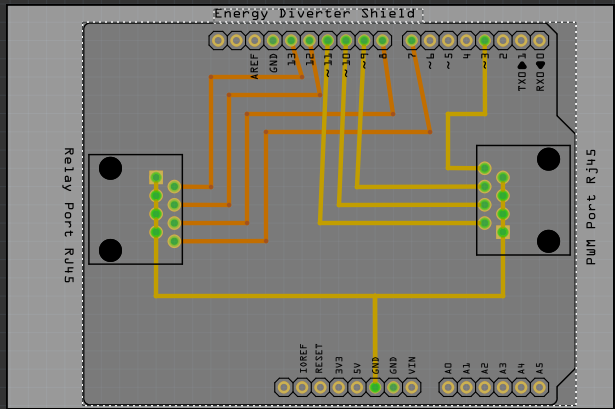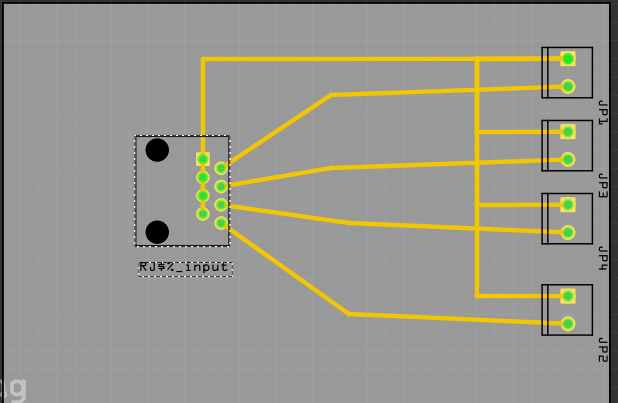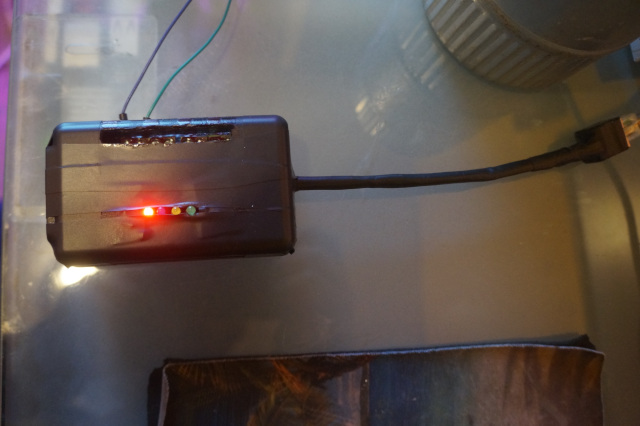Here is the “finished” version Energy monitor and Diversion.
Supported Features:
- it has options to work with or without LCD Screen Display - if using LCD screen you have the use of only 3 CTs
- it can support up to 4 SSR and 4 Relays in Cascading fashion for diversion
- it has web interface via espeasy firmware to display information from the device
- supports multiple Controllers - via espeasy interface- Domoticz, Home Assistant , EmonCMS, Things speak, FHEM etc …
- highly configurable
firmware can be found here
Parts required:
emontx arduino shield
wemos uno/wifi or just UNO if you want to run as standalone
Prototype PCB Board For Arduino UNO
2 RJ-45 ports
optional:
i2c LCD for display 20X4
5v 4 channel relay ( powered externally)
SSR +40 DA
small pcb prototype , 1 RJ-45 port , and 4 2p terminal ( to make ssr RJ-45 terminal block for controlling SSRs
making of the emontx daughter board:
it if pretty simple and straight forward. you can either use rj-45 ports or easier is to use rj-45 extension cables cut the male end off and simply solder the pins - which is basically all the stripped wire to ground and the others solid colour wire to the corresponding pin

the SSR terminal Block:

uploading the firmware:
UNO ( requires servo hardware PWM (Danial duller ) found in the Arduino library)
if just using as stand alone with LCD an UNO will work fine simply upload the firmware after enabling the LCD and adjust the emontx settings as currently they are set to my region. and set the number of SSR you will be using (ios) currently set at 3.
attach the emontx shield and daughter board and you are done… ( note you will have to disable CT4 on the emontx shield if using stackable emontx simply bend A4 pin over so it does not go in)
Wemos uno/wifi;
if running with Wemos you can operate either with or with out LCD ( note: same as above you need to disable CT4 if using LCD if using stackable emontx simply bend A4 pin over so it does not go in).
configure the firmware as you like ( LCD, # SSR, # CT and emontx settings).
on wemos set all switches to off, except 3&4 are on. flash device as you would normally flash an UNO with Arduino IDE.
next download espeasy
run it easy flasher software
you will be using the esp8266 normal 4 meg flash.
simply set all swtches to off except 7,6&5 press the esp reset button plugin wemos into usb port release and then flash esp.
once done set all switches to off except 1&2. attach emontx shield , daughter board and LCD (if using) – connect up plug in power adapters connect SSR and relays if using as a diversion controller.
setting up espeasy–
once every thing is hooked up if using LCD you should see your energy usage and other info displayed on the LCD screen.
now simply log onto espeasy firmware via the web interface. go to the devices tab > click add on task 1 > generic dummy device> give it a name > enable> select quad out put and set interval to 1 second . then press summit. once the page reload you should see your data out put from CT1,CT2, CT3 and voltage. give each a name, and press summit again and then close…
now press add again on task2. and repeat as above. but this time it will display info for cascading step, static step, hertz and CT4.
now you can up load data to your controller. click controller tab and select controller you wish to upload data too. click and configure to your settings
if you wish to up load to custom controller go to rules
Example : here I am sending data to MQTT Energy monitor LCD screen display. and because my diverter Sensor wire was so long it it picked up some noise so I adjusted the output slightly to read zero
on Diverter#Grid do
Publish /grid [Diverter#Grid]
endon
on Diverter#GTI do
Publish /wind [Diverter#GTI]
endon
on Diverter#MISC do
TaskValueSet,12,2,([Diverter#MISC]-13)
Publish /energy/divert [AvgDiverter#MISC]
endon
for more detail instruction on flashing
okay good luck have fun

